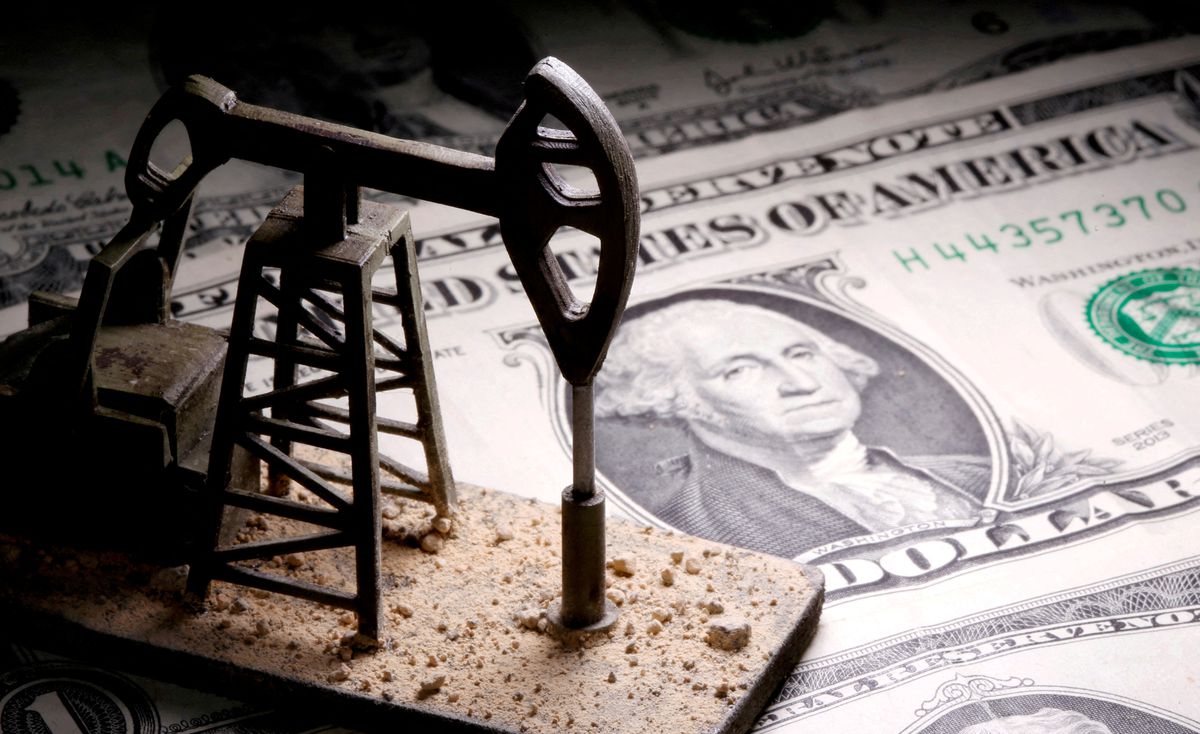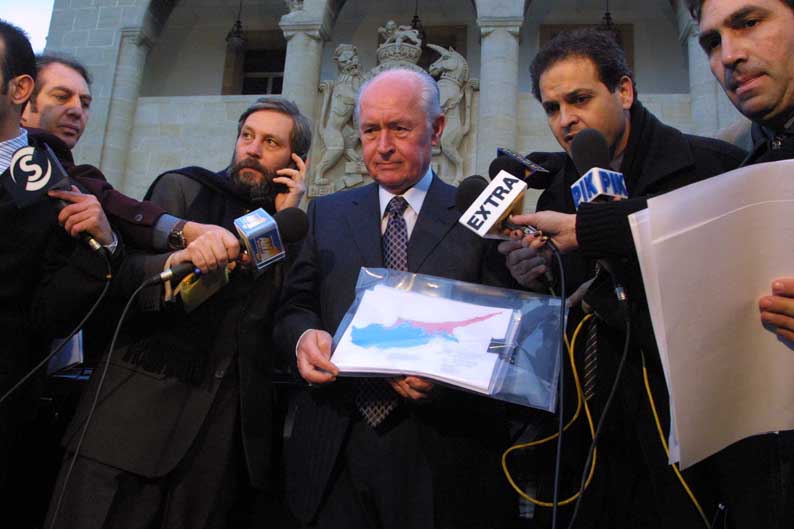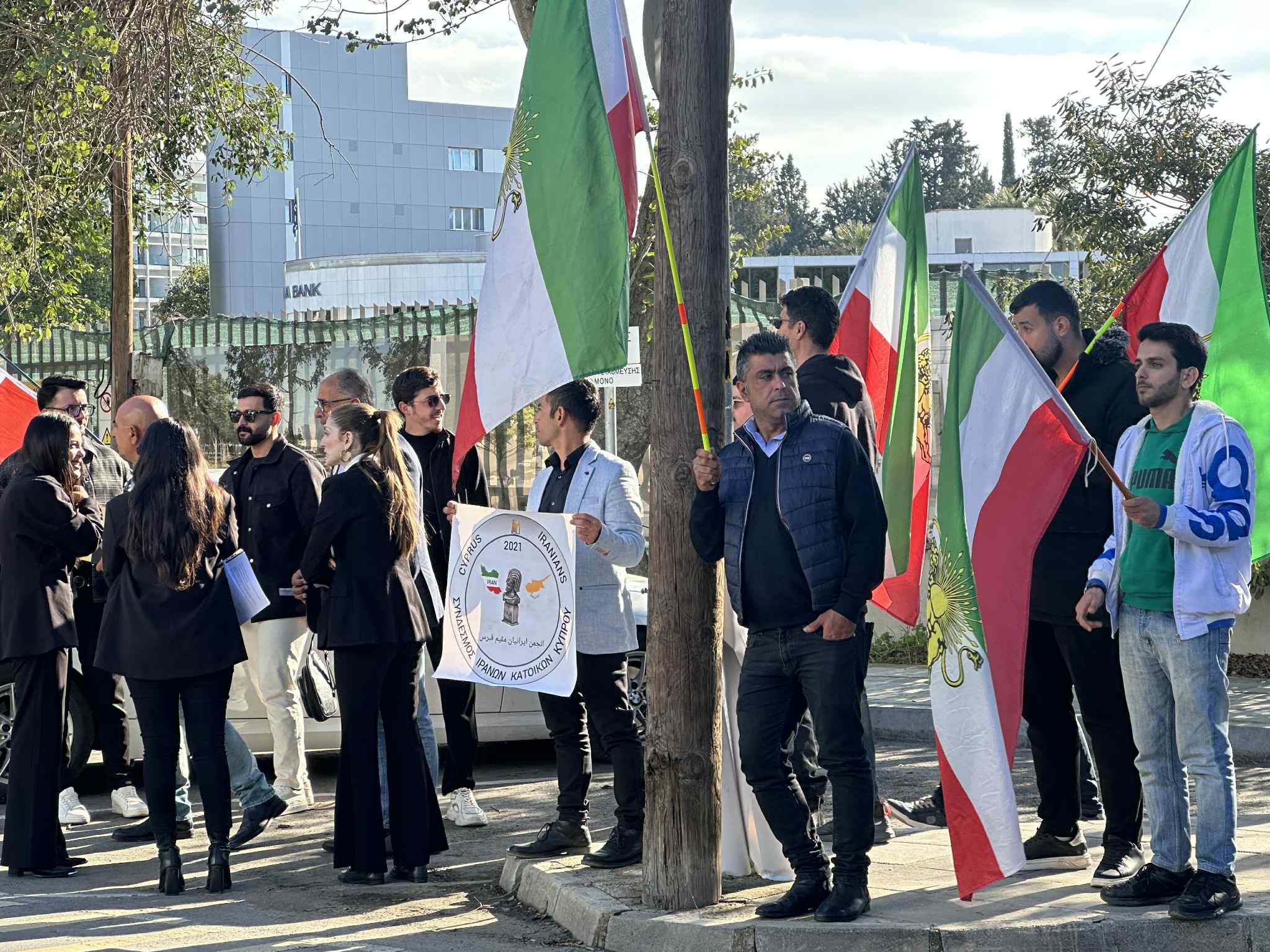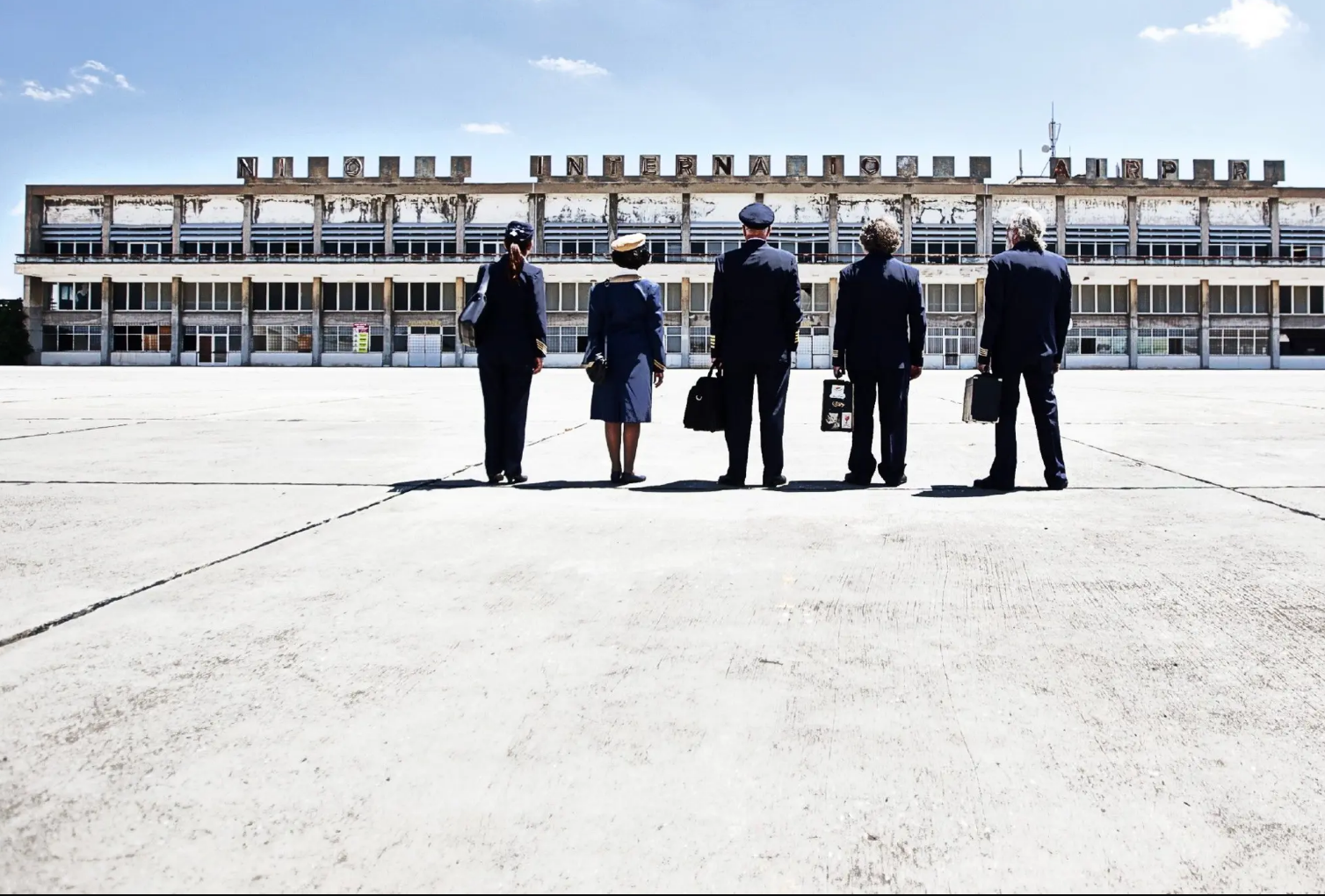Fossil-fuel producers are minting money again. Yet Western financiers hoping to share in the spoils of a 1970s-style petrodollar boom will be disappointed.
High energy prices, caused by Russia’s Ukraine invasion, mean the Organization of the Petroleum Exporting Countries (OPEC) will earn $907 billion from oil exports this year, according to the US Energy Information Administration (EIA), compared with $577 billion on average since 2000. Saudi Arabia, the United Arab Emirates, Qatar and Kuwait will collectively have a $409 billion current account surplus, reckons Capital Economics, or almost three times last year’s total. Russia’s current account surplus so far in 2022 has also tripled, year-on-year.
In previous petrodollar booms, energy producers have recycled their windfalls into the Western financial system. Saudi, for example, racked up a cumulative $160 billion current account surplus between 1974 and 1982, according to economist David Lubin’s book “Dance of the Trillions”, almost all of which went into the eurodollar market – a term for dollar-denominated deposits held outside of America, for example in European banks or the European branches of US lenders. The banks in turn lent those deposits to Argentina, Chile and others in an emerging-market debt boom.
When energy prices spiked again in the early 21st century, fossil-fuel producers funnelled proceeds into Western financial assets, through central-bank reserves and sovereign wealth funds. Middle Eastern oil exporters and Russia together increased their holdings of US debt and equity securities by almost $500 billion between 2003 and 2008, a fivefold increase that was only beaten in absolute terms by China and the Cayman Islands. That buttressed demand for US stocks and bonds, while oil exporters and tycoons also splurged on European soccer clubs and department stores.
These financial flows, known as petrodollar recycling, mean that the money Westerners spend on fuel eventually makes its way back into their economies through energy producers’ financial investments. It’s happening again. Saudi’s Public Investment Fund (PIF) has opened new offices in London and New York, and this summer went on a US equity-market shopping spree, scooping up shares in Alphabet (GOOGL.O) and Microsoft (MSFT.O). The Abu Dhabi Investment Authority recently poached New York-based Deutsche Bank (DBKGn.DE) rainmaker Drew Goldman to run real-estate investing.
But the spoils may disappoint Western financiers with long memories. First, they’re smaller in relative terms. Adjusted for inflation, OPEC’s revenue was higher between 2010 and 2014 than it will be this year, EIA data shows. Saudi, the UAE, Kuwait and Qatar’s forecast 2022 current account surplus will be worth 1.6 per cent of US GDP, compared with 2.5 per cent in 1974, according to Breakingviews calculations based on Capital Economics, Federal Reserve and Bank of England data.
Second, the energy producers may choose to squirrel away some of their proceeds elsewhere. Sanctions prevent Russia, for example, from investing in US and European financial assets even if it wanted to. And the West’s decision to freeze Moscow’s foreign-exchange reserves may encourage Gulf states to spread their bets, lest they one day find themselves in Russia’s shoes. Global dollar- and euro-denominated central-bank currency reserves had already dipped to 79 per cent of the total in March 2022 compared with 85 per cent six years earlier, according to International Monetary Fund data.
Finally, OPEC countries face huge domestic investment requirements to reduce their reliance on selling fossil fuels as the world moves towards renewable energy. For Saudi, that could mean spending more on education to boost its services sector, or building up the non-oil portion of its manufacturing industry, like solar power.
The kingdom’s human rights record has undermined its hoped-for foreign direct investment boom, but the energy windfall could serve as a substitute. For the second year in a row, the IMF expects the PIF to undertake more local investment this year than the Saudi central government. Finance Minister Mohammed Al-Jadaan said in May that the country would spend its 2022 surplus wherever it would have “the most positive impact on the economy”, including the National Development Fund, a vehicle designed to help spur private-sector investment.
Saudi may of course fail to invest its windfall wisely. Either way, it would mean that Westerners miss out on some of the spoils of the new petrodollar boom. Banks, buyout barons and high-end real-estate agents may bemoan that, but not everyone should.
Previous episodes of petrodollar recycling coincided with harmful asset bubbles. The 1970s Latin American lending boom quickly became the 1980s Latin American debt crisis, with many countries unable to service their foreign borrowings. Petrodollar demand helped keep US borrowing costs low in the run-up to 2008 even as the Federal Reserve hiked interest rates, arguably contributing to the pre-crisis excess. The lesson is that huge financial flows, while enriching middlemen on Wall Street and in the City of London, often also destabilise the economy. A more muted petrodollar boom might not be such a bad thing after all.







Click here to change your cookie preferences